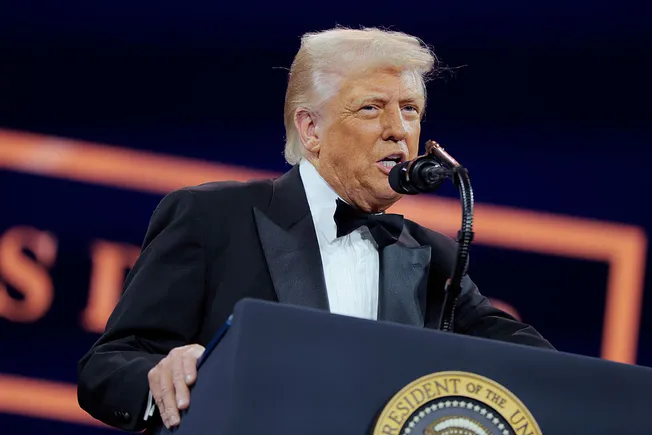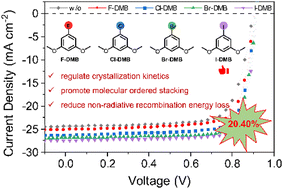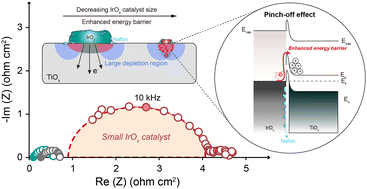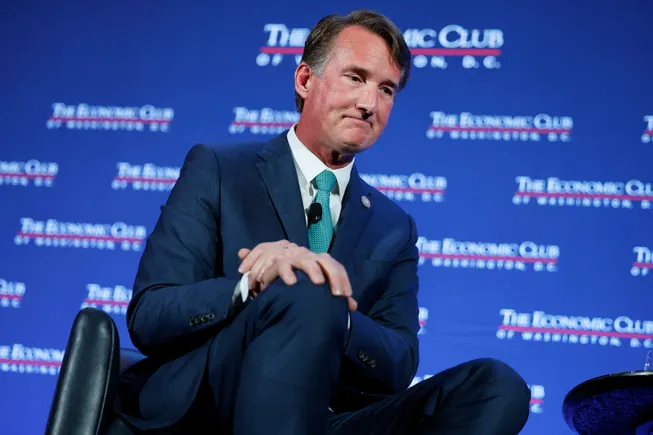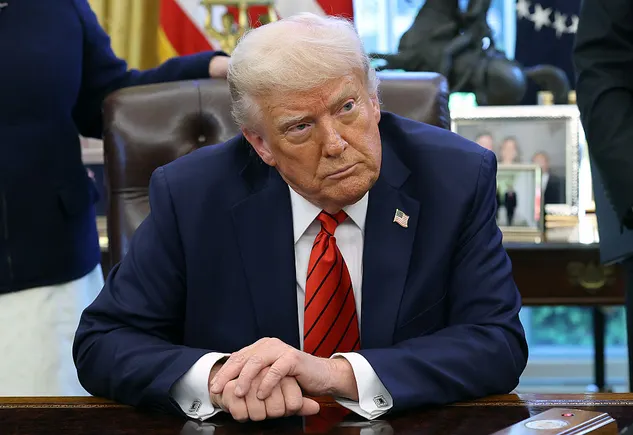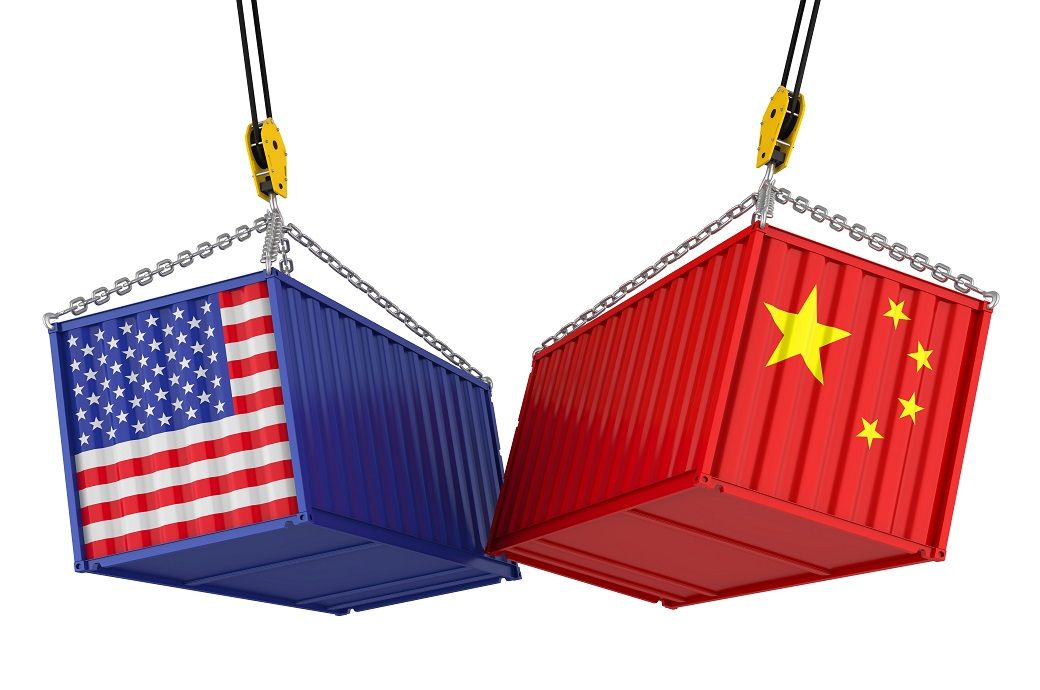US and China reduce tariffs amid easing trade tensions
Donald Trump Tariffs Credits: Andrew Leyden / NurPhoto / NurPhoto via AFP The United States and China have moved to temporarily unwind some of the most punitive tariffs of the recent trade war, in a development that offers cautious optimism for fashion retailers and consumer brands with cross-border supply chains. Announced following a weekend of negotiations in Geneva, the deal will see US tariffs on Chinese imports fall from an average of 145 per cent to 30 per cent. In response, China will reduce its own retaliatory measures from 125 per cent to 10 per cent, reported Politico. The easing is set to last 90 days, during which both governments have signaled willingness to continue dialogue. Scott Bessent, the US Treasury Secretary who led the talks, said in a press conference that “neither side was interested in a decoupling,” hinting at a mutual desire to stabilise trade relations. His Chinese counterpart, Vice Premier He Lifeng, echoed the sentiment, calling the outcome “a necessary recalibration for shared prosperity.” For fashion businesses, particularly those dependent on Chinese manufacturing and US consumer demand, the tariff rollback represents a critical, if temporary, breathing space. Since the escalation of tariffs under former President Donald Trump, global apparel brands have faced soaring input costs, long delays in logistics, and the near-evaporation of margin on China-sourced goods. The reduction in tariffs, if sustained, could see sourcing return to pre-war levels—especially for mid-tier retailers who had been priced out of China. It also allows brands to shift focus back to inventory planning and consumer engagement, rather than emergency cost-cutting. Retailers in both the US and Europe—many of whom have already reduced holiday order volumes or delayed spring collections—may now feel emboldened to resume forward planning. Yet the 90-day window underscores the fragility of the current détente. Fashion executives and sourcing directors are likely to maintain contingency strategies, including further diversification away from China.
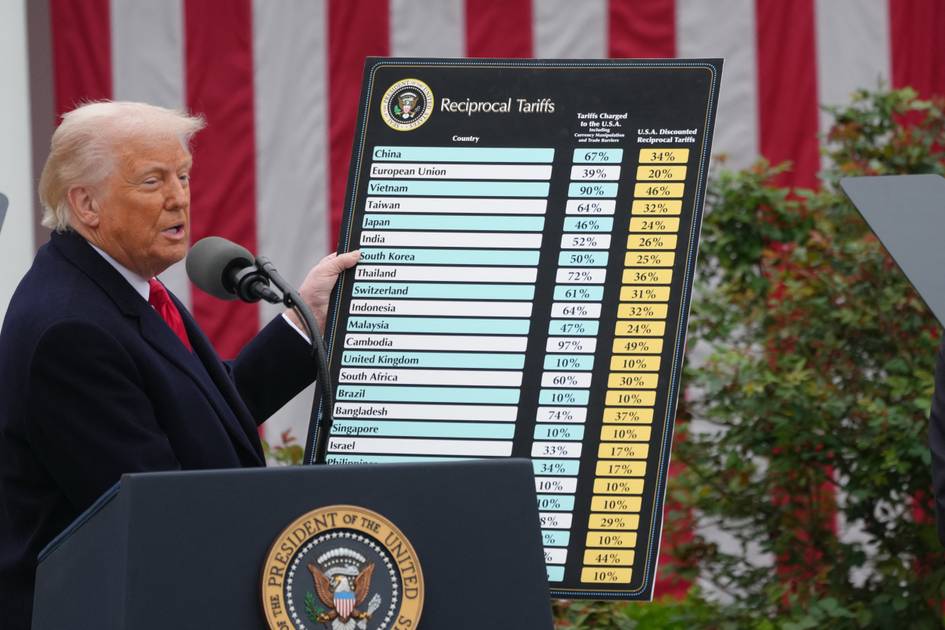
The United States and China have moved to temporarily unwind some of the most punitive tariffs of the recent trade war, in a development that offers cautious optimism for fashion retailers and consumer brands with cross-border supply chains.
Announced following a weekend of negotiations in Geneva, the deal will see US tariffs on Chinese imports fall from an average of 145 per cent to 30 per cent. In response, China will reduce its own retaliatory measures from 125 per cent to 10 per cent, reported Politico. The easing is set to last 90 days, during which both governments have signaled willingness to continue dialogue.
Scott Bessent, the US Treasury Secretary who led the talks, said in a press conference that “neither side was interested in a decoupling,” hinting at a mutual desire to stabilise trade relations. His Chinese counterpart, Vice Premier He Lifeng, echoed the sentiment, calling the outcome “a necessary recalibration for shared prosperity.”
For fashion businesses, particularly those dependent on Chinese manufacturing and US consumer demand, the tariff rollback represents a critical, if temporary, breathing space. Since the escalation of tariffs under former President Donald Trump, global apparel brands have faced soaring input costs, long delays in logistics, and the near-evaporation of margin on China-sourced goods.
The reduction in tariffs, if sustained, could see sourcing return to pre-war levels—especially for mid-tier retailers who had been priced out of China. It also allows brands to shift focus back to inventory planning and consumer engagement, rather than emergency cost-cutting.
Retailers in both the US and Europe—many of whom have already reduced holiday order volumes or delayed spring collections—may now feel emboldened to resume forward planning. Yet the 90-day window underscores the fragility of the current détente. Fashion executives and sourcing directors are likely to maintain contingency strategies, including further diversification away from China.







































































